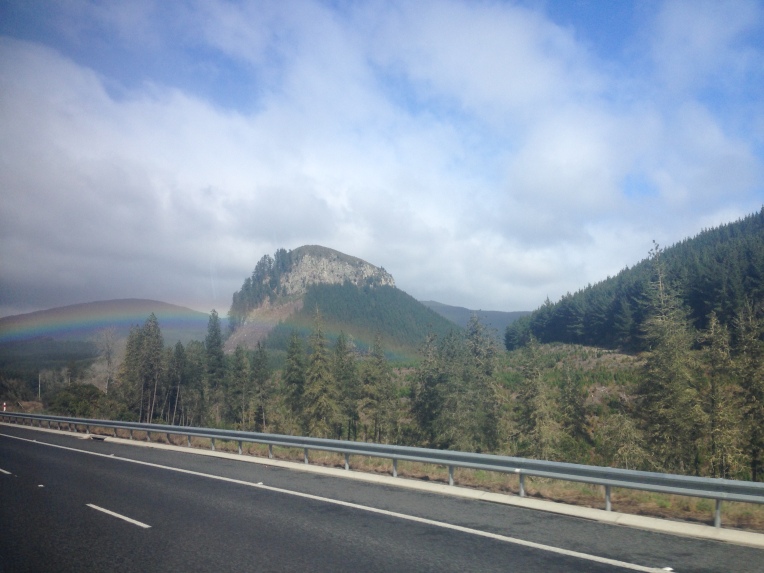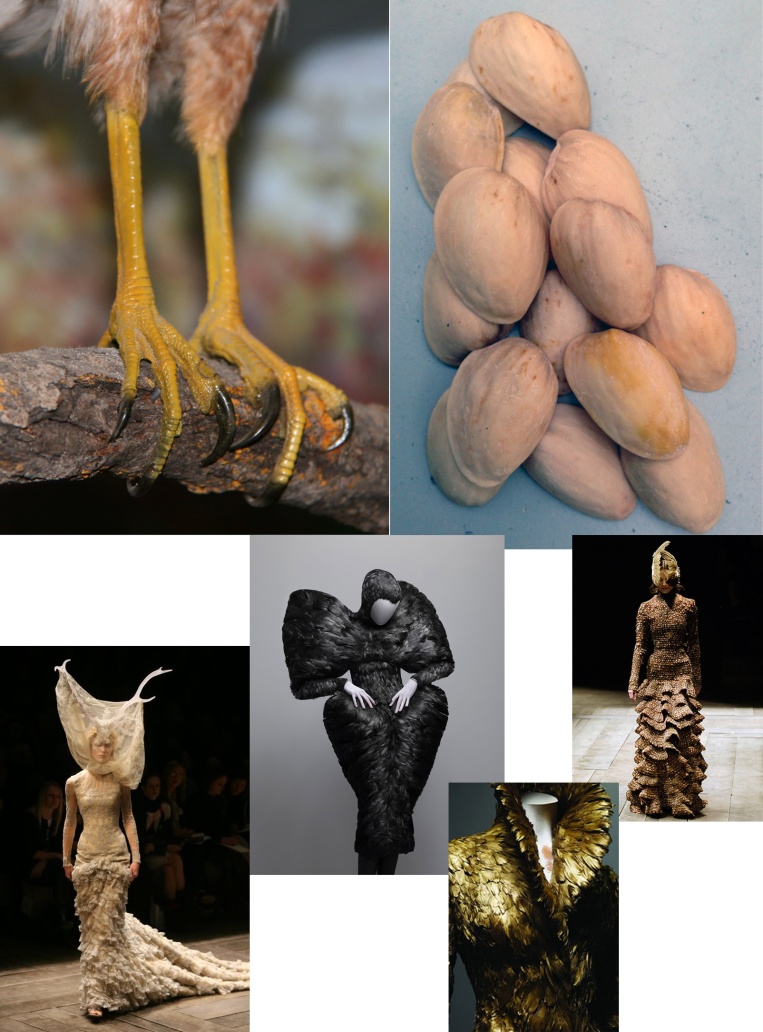

Spark Festival 2014
I have just had the privilege of attending the Spark International Festival of Media, Arts & Design, along side my class mates from E.I.T. We traveled up the island, on a bus to Hamilton, passing beautiful scenery on the way there. However some of it was not so nice…
On the first day we were presented with a short film The bag on my Back by Tapiwa Chipfupa, who took us through her emotional journey through Zimbabwe.
I thought it was effective, because Tapiwa put herself in front of the camera, telling us her story and documenting her reactions. I love films and I thought it was very personal and engaging.
The Second day of Spark, a very inspiring Artist/Designer Darryn George (watch video here) spoke to us about his experience working with different industries.
He started with his personal story, on how the Christchurch earthquakes impacted the work he is creating. He designs oil paintings which repeat certain Maori words, such as:
Atua (meaning God)
Kaitiaki (meaning The keeper)
Rata (meaning doctor).
Darryn then took us through a series of his works, and how they were inspired by God. These works utilised different industries such as sign writers, builders, joiners, painters and lighting specialists. And these industries helped with fundraising, deadlines, materials and the use of factories.
The picture below is of an industry manufactured, but Darryn George designed project. That was shown at the Venice Biennale and is called “Folder Room”
The Third day I went along to the crowd-funding panel, which was a discussion about how you can use this marketing tool to help you get your project out to the public.
- It’s about identifying and building an audience (friends and family are your first audience).
- Research into what platform you use (Kickstarter, Pledgeme…)
- It’s all about your niche market
- You need more than an idea you need a prototype.
- It’s a long-term project. A big commitment!
- Networking is important, so spread the word as fast as you can and release updates.
- Incentives (whats in it for the backers)
- Set time limits and make your goals achievable
- Crowd-funding is not free money its hard work.
- It’s an emotional journey and you have to take your crowd with you.
My future will utilize this knowledge of crowd-funding and industry specialisation that I have learned from this trip.
Marketing plan
Professional Practice
We had a guest speaker Annika Bennett, from A+E Gallery in Napier, who came into EIT to give us her insight into the role of a Art&Design Agent. Here is a list of some of Annikas skills, that I found useful to use for my practice now as a Visual designer.
- Professionalism– First impressions matter.
- Communication– I need to communicate my ideas to clients. I will be meeting with clients, so it is important to come across confident.
- Meeting and Managing Expectations– Be realistic with your time. Don’t over promise and under deliver.
- Preparation– Research my niche market, know the questions that they will ask. Time management know how long a design will take.
- Schedule and delivery– Work ahead of schedule. Never not deliver.
- Code of ethics– Copy right, protect your images, respect other artists, follow the rules.
- Sales and accounting– I need an organized, professional system. Some industry’s use catalogs.
- Working as part of a team– To grow, be part of a team.
- Move with the Market– Keep up with the new trends software, colour. Some artists go back to old methods to get a fresh perspective. If I don’t know how to do something ask the experts.
- Contacts– I could send out a ‘press pack’ to contacts to get free advertising. Becoming an Intern is a great way to learn off, other great established designers.
Logo Development
This is how the logo for our webpage (and business) emberdesignstudio.co.nz developed.
The importance of Colour
Colour has the ability to influence emotional reactions. It affects people in different ways depending on ones, age, culture and gender.
Through this project I have started to research colour schemes, I have found that colours behave in three basic ways: active, passive and neutral. Which means you can personalize colour schemes to suit any one.
Light colours are expansive and airy, making rooms feel larger and brighter.
Dark colours are sophisticated and warm, making rooms feel warm and intimate.
Neutrals colours are flexible, you can add colour to liven things up, subtract colour to calm things down.
Black can be used in small doses to accent, this can ground the colour scheme and give it depth.
As a general rule:
Ceilings that are lighter than the walls feel higher, while those that are dark feel lower.
Dark walls make a room seem smaller, and light walls make a room seem larger.
Reference: www.freshhome.com
Recycled Art: 66 masterpieces made from junks.
Recycled Art: 66 masterpieces made from junks.
Check this out; Inspirational artists creating art made from items that we discard everyday. You will be amazed at the beauty of art that is created by trash.
World as a Stage
“We are not to throw away things which can benefit our neighbour. Goods are called good because they can be used for good: they are instruments for good, in the hands of those who use them properly.” – Clement of Alexandria.
In this project we were asked to write our own brief and follow a time line. I decided to write it on experimenting with materials that are normally discarded and turn them into a wearable art piece. My objective was to inform our ‘throw-away’ culture, that trash can be used to create something beautiful and effective. I want to use this project as a platform to build a wearable art piece that I can enter into a competition in the near future.
I decided to create one piece of the overall look, knowing I had 8 weeks to come up with a concept I was happy with. My main idea was creating armor for the body, designed for protection as well as a look that would be strong enough for performance art. I wanted to use pistachio shells,with the knowledge that simple shapes repeated can look effective (like scales). So my aim was to experiment with the shells finding a simple pattern I could make with hundreds of these shells.
My inspiration in this project has been Alexander McQueen. In his designs he pushed the boundaries through the use of innovative materials that he found in nature. Like feathers, horns, flowers, skeleton bones, wood, dead birds, shells, scales and teeth. He experimented with what people believed was ugly into something wearable. He also incorporated his emotions as expressions in his garments, showing aspects of his imagination creating huge statements about his pieces.

I found experimenting with new ideas was challenging, as I normally get an idea I like, and run with it. But through this process we were asked to come up with a number of different ideas, before we settled on our final outcome. I worked though different forms around the shoulders, experimenting with the literal look of the claw, to elongating the shape to make the claws more abstract. This process was vital, because while I was making different models I was thinking about how I could construct the shoulders, which was something that didn’t come naturally to me. A turning point was when I started fitting the models to my mannequin. Seeing how it sat on the shoulders, and the shape the talons made I felt confident with my concept.
Overall I am pleased with my outcome, how I portrayed the pistachio shells as a material that would be effective without having to change the materials themselves. I wanted to keep them as they are and make a walking art piece.
Visionary Structures
In this project I experimented with three different materials keeping in mind that I needed to create a visionary structure.










